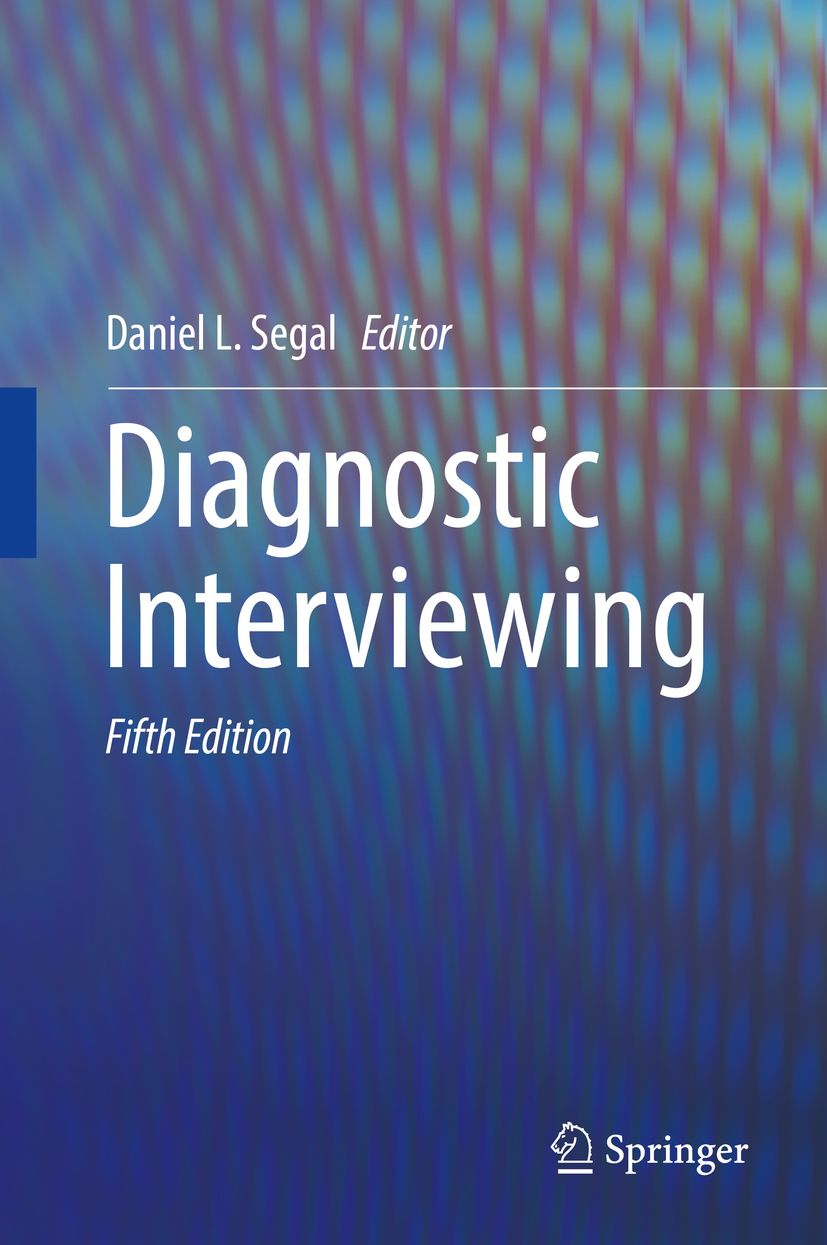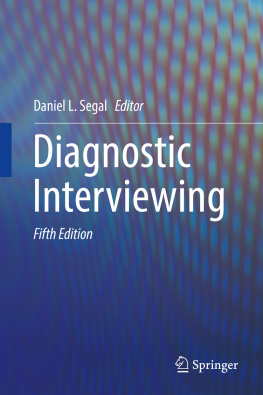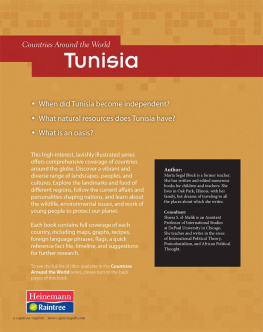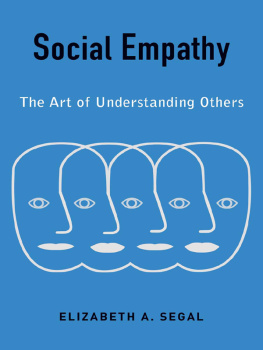Daniel L. Segal - Diagnostic Interviewing
Here you can read online Daniel L. Segal - Diagnostic Interviewing full text of the book (entire story) in english for free. Download pdf and epub, get meaning, cover and reviews about this ebook. year: 2019, publisher: Springer US, genre: Home and family. Description of the work, (preface) as well as reviews are available. Best literature library LitArk.com created for fans of good reading and offers a wide selection of genres:
Romance novel
Science fiction
Adventure
Detective
Science
History
Home and family
Prose
Art
Politics
Computer
Non-fiction
Religion
Business
Children
Humor
Choose a favorite category and find really read worthwhile books. Enjoy immersion in the world of imagination, feel the emotions of the characters or learn something new for yourself, make an fascinating discovery.
- Book:Diagnostic Interviewing
- Author:
- Publisher:Springer US
- Genre:
- Year:2019
- Rating:5 / 5
- Favourites:Add to favourites
- Your mark:
- 100
- 1
- 2
- 3
- 4
- 5
Diagnostic Interviewing: summary, description and annotation
We offer to read an annotation, description, summary or preface (depends on what the author of the book "Diagnostic Interviewing" wrote himself). If you haven't found the necessary information about the book — write in the comments, we will try to find it.
Diagnostic Interviewing — read online for free the complete book (whole text) full work
Below is the text of the book, divided by pages. System saving the place of the last page read, allows you to conveniently read the book "Diagnostic Interviewing" online for free, without having to search again every time where you left off. Put a bookmark, and you can go to the page where you finished reading at any time.
Font size:
Interval:
Bookmark:


This Springer imprint is published by the registered company Springer Science+Business Media, LLC part of Springer Nature.
The registered company address is: 233 Spring Street, New York, NY 10013, U.S.A.
Daniel L. Segal: To Cindy, Shaynie, Mom, and my oldest brother Phil, and to the memory of my Dad and my middle brother Eddie.
The first three editions of this book had Michel Hersen and Samuel M. Turner as its editors. After Sams untimely death, Michel invited me to join the team and we co-edited the fourth edition together, which was published in 2010. Now that Michel has retired, I remain as the sole editor for this new fifth edition. That being said, I owe a debt of gratitude to both Sam and Michel for conceiving of the vision for this book and affording me the opportunity to play a role in its continuing evolution. Michel has been a great mentor and friend to me since we met in 1992, and I remain greatly appreciative of all that he has taught me about writing, publishing, supervising, mentoring, and teaching.
As stated in the first edition of this book, one of the most difficult milestones in a new clinicians career is the completion of the first interview with a real live client (as opposed to role playing with other students). Generally, such endeavor is fraught with much apprehension. However, if the interview goes well, there is much rejoicing. On the other hand, if the interview falls flat, there will be considerable consternation on the part of the clinician and usually heavy doses of constructive feedback from the supervisor. Regardless of the amount of preparation that has taken place before the interview, the beginning clinician will justifiably remain apprehensive about this endeavor. Thus, this new edition of Diagnostic Interviewing, like the prior editions, remains devoted to providing clear guidance and structure for new and seasoned clinicians in successfully engaging with a large variety of clients and presenting problems in diverse interviewing settings. I sincerely hope that readers of this book find many pearls of wisdom in these pages and that this book helps them become better clinicians.
In consideration of the positive response to the first four editions of this book, our editor at Springer, Sharon Panulla, and I decided that it was time to update the material. However, the basic premise that a book of this nature needs to encompass theoretical rationale, clinical description, and the pragmatics of how to once again has been dutifully followed. Thus, the reader will find consistencies between this new fifth edition and the prior ones that have been published. We still believe that students definitely need to read the material covered herein with consummate care. We are particularly concerned that in the clinical education of our graduate students, interviewing unfortunately continues to be given insufficient attention. Considering that good interviewing leads to appropriate clinical and research targets, we continue to underscore the critical importance of this area of training.
Description of the Disorder, Problem, or Special Population
Procedures for Gathering Information
Recommendations for Formal Assessment
Case Illustrations
Impact of Gender, Race, Culture, Age, and Other Aspects of Diversity
Information Critical to Making a Diagnosis
Dos and Donts
Summary
References
Many individuals have contributed to the development and production of this new edition. First, I wish to thank our eminent contributors for sharing with us their clinical and research experience and expertise. Second, I would like to thank Sylvana Ruggirello and Chitra Gopalraj for their technical assistance and for their excellent work in shepherding the book through production. Third, I wish to thank my departmental colleagues and friends at the University of Colorado at Colorado Springs (UCCS) for their support, and likewise I am grateful to my students at UCCS from whom I have learned so much. Finally, I once again thank my friend and editor at Springer, Sharon Panulla, for her appreciation of the need for this new edition of our text and for her ongoing enthusiasm and support for this endeavor.
Font size:
Interval:
Bookmark:
Similar books «Diagnostic Interviewing»
Look at similar books to Diagnostic Interviewing. We have selected literature similar in name and meaning in the hope of providing readers with more options to find new, interesting, not yet read works.
Discussion, reviews of the book Diagnostic Interviewing and just readers' own opinions. Leave your comments, write what you think about the work, its meaning or the main characters. Specify what exactly you liked and what you didn't like, and why you think so.













